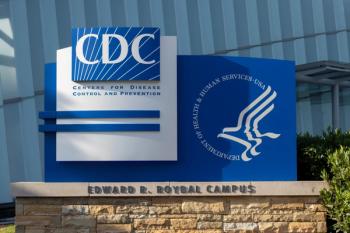
Profits Drive Manufacturer Investments in Drugs Over Vaccines
The demand curve for a treatment supports stronger revenue from a drug than a vaccine.
Pharmaceutical companies prefer to invest in drugs that generate more of a profit over vaccines, with the size of the population at risk of a disease playing a major role in investments, according to a recent study.
The study, published in the Quarterly Journal of Economics, noted this trend resembles a Zipf distribution, where the demand curve for a drug supports stronger revenue from a drug than a vaccine. A Zipf distribution is a unique incident of power-law distribution where values and probabilities scale by an inverse proportion as opposed to an arbitrary constant.
"A Zipf distribution of risk such as we see for diseases from HIV to Lyme disease to heart attacks presents something of a worst-case scenario to pharmaceutical manufacturers hoping to earn a return on a vaccine investment,” said study co-author Christopher Snyder. “There is just no 'sweet spot' to price a vaccine for such diseases. The problem is particularly apparent for rare diseases.”
The study noted that in maintaining the harm caused by a disease, revenue from a private market drug is proportional to the overall prevalence of the disease, as such treating a disease with a larger patient population generates significantly more revenue. However, revenue from vaccines is dependent on risk distribution among the population.
“For a common disease like HPV, people cannot differ that much in their risk: most everyone has a fairly high risk of contracting it, so most everyone would pay a lot for a vaccine or other preventive,” Snyder said. “Perhaps this is why manufacturers devoted resources to an HPV vaccine before some other diseases that might even be more deadly."
Dartmouth researchers explored how the Zipf distribution applied to the distribution of HIV-risk, based on data from the 2010 National Health and Nutrition Examination Survey.
The results of the study showed that since there is a low prevalence of HIV in the United States, the estimated distribution for the risk of HIV or AIDS was similar to the Zipf distribution.
This data reveled that creating an HIV vaccine would only accumulate approximately one-quarter of the revenue of the drug.
When researchers looked at HPV, a virus that is more prevalent in the United States than HIV and currently has a vaccine, they found the ratio for vaccine-to-drug revenue was more than double.
This theory can be applied to other conditions besides sexually transmitted or infectious diseases. The study found that a vaccination for heart disease would only generate 40% of the revenue from a drug.
The study was able to demonstrate that the revenue ratio for a disease risk distribution is reliant on how prevalent a disease is and how much the risk distribution resembles the Zipf curve.
Newsletter
Stay informed on drug updates, treatment guidelines, and pharmacy practice trends—subscribe to Pharmacy Times for weekly clinical insights.




















































































































































































































